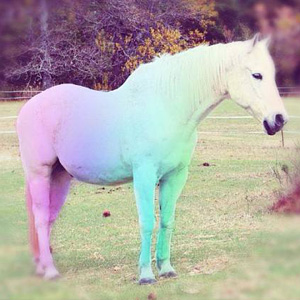I've been a broadcast meteorologist on television since the early 1990's. Happy to answer any questions about the weather or local TV news. Yes, I often wear sneakers on set just out of view of the camera.
Not sure I understand the question, Danica. Both are characterized by strong wind.
Might depend on your location. Broadly I would say look to be behind a cold front. You are looking for an airmass change to one cooler and drier, perhaps with an origin in Canada.
I would say yes, Eric. Which is a little unnerving since I'm a broken down old man!
Well.....most of us are highly intelligent. :) We take visual cues from the maps that are behind us. We can see the maps in the teleprompter that the anchors use for their scripts. Since we have prepared the forecast we can pick a couple of things from each graphic to talk about. Actually pretty easy with some practice. Great question, thanks!
Private Detective
Auto Mechanic
 Are mechanics more likely to take advantage of female customers than males?
Are mechanics more likely to take advantage of female customers than males?
Fashion Forecaster
 What country is the most fashion-forward?
What country is the most fashion-forward?
Interesting thought, Natalie. Hurricanes are driven by atmospheric patterns that cover hundreds of miles. Since even several highways are small in comparison not enough heat would be generated. Fun question. Thanks.
Excellent question, Krissy. Snow occurs when the temperature is below 32 from the surface of the earth to as high as 10,000 feet. Sleet occurs when a warm layer of air develops in between the ground and the formation zone so the snowflake melts and refreezes in the cold layer next to the ground.
Hi. The Farmer's Almanac does not share their forecast methods outside the company. I actually don't know how accurate they are, but they have had a loyal following for many years. Let me know if you find out any secrets! :)
-OR-
 Login with Facebook
Login with Facebook (max 20 characters - letters, numbers, and underscores only. Note that your username is private, and you have the option to choose an alias when asking questions or hosting a Q&A.)
(A valid e-mail address is required. Your e-mail will not be shared with anyone.)
(min 5 characters)
By checking this box, you acknowledge that you have read and agree to Jobstr.com’s Terms and Privacy Policy.
-OR-
 Register with Facebook
Register with Facebook(Don't worry: you'll be able to choose an alias when asking questions or hosting a Q&A.)